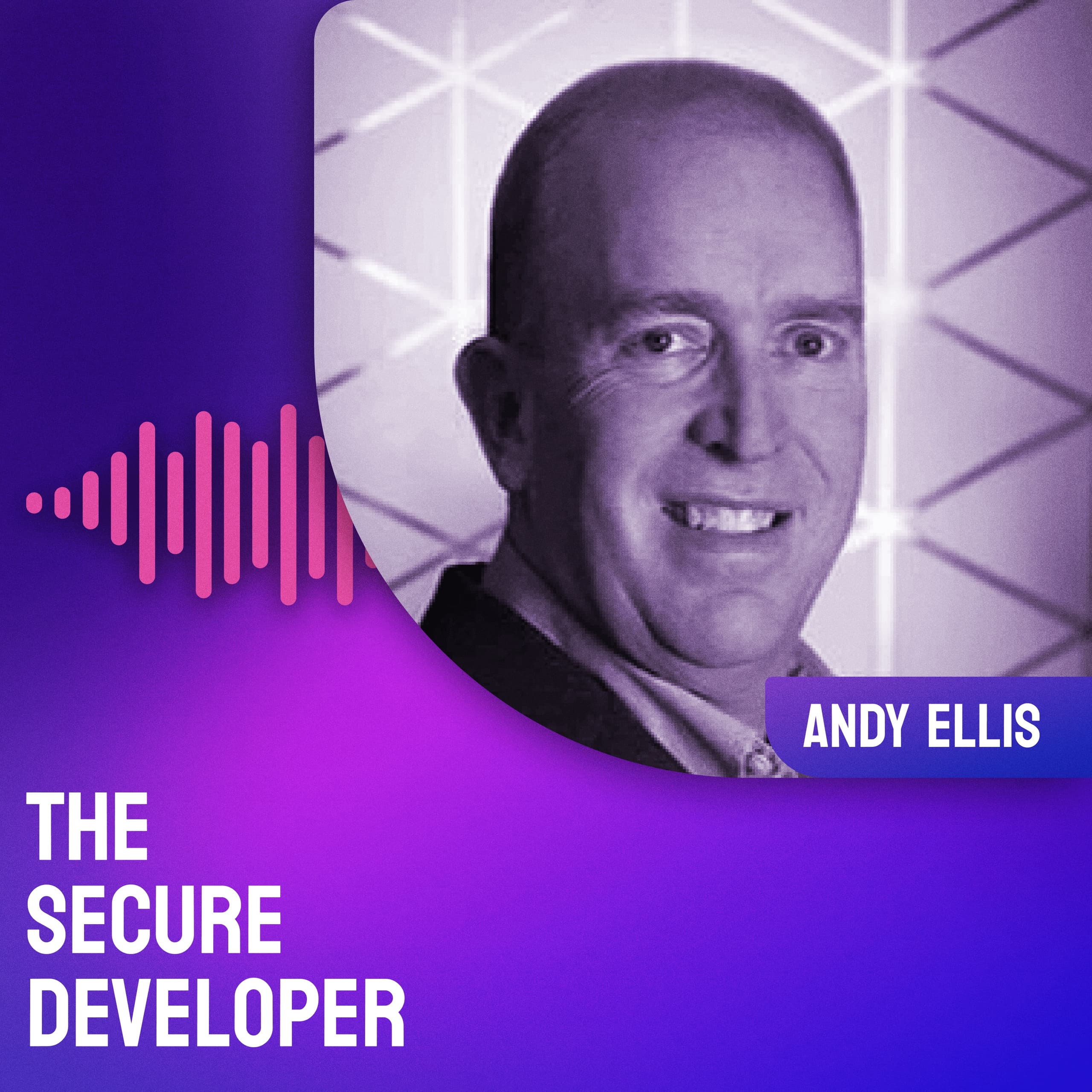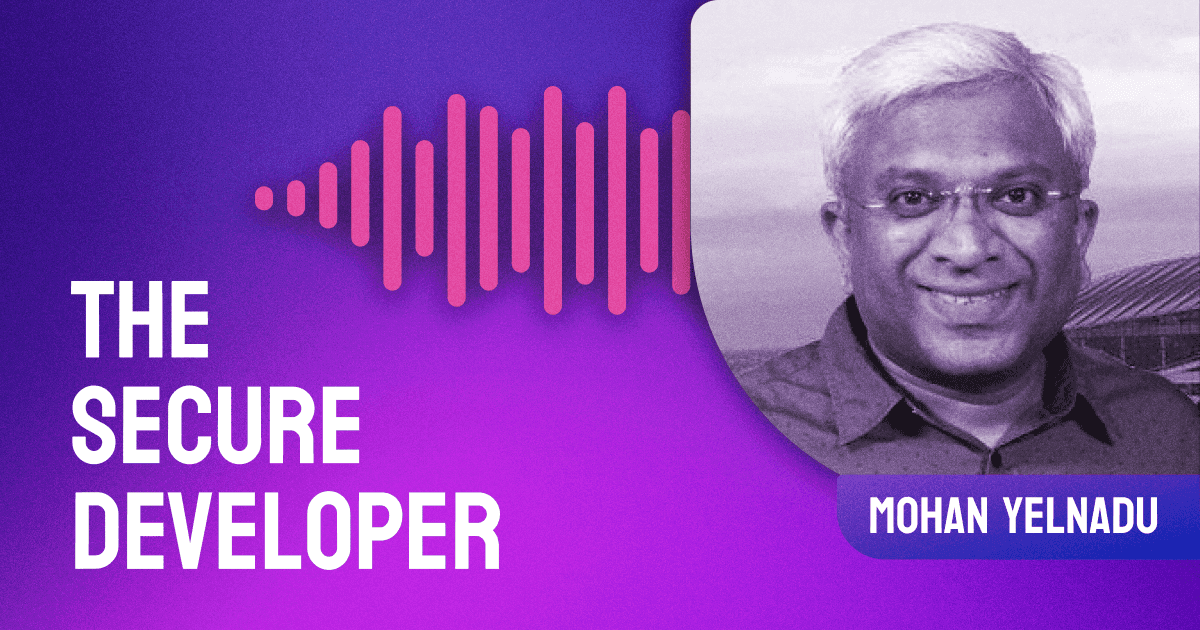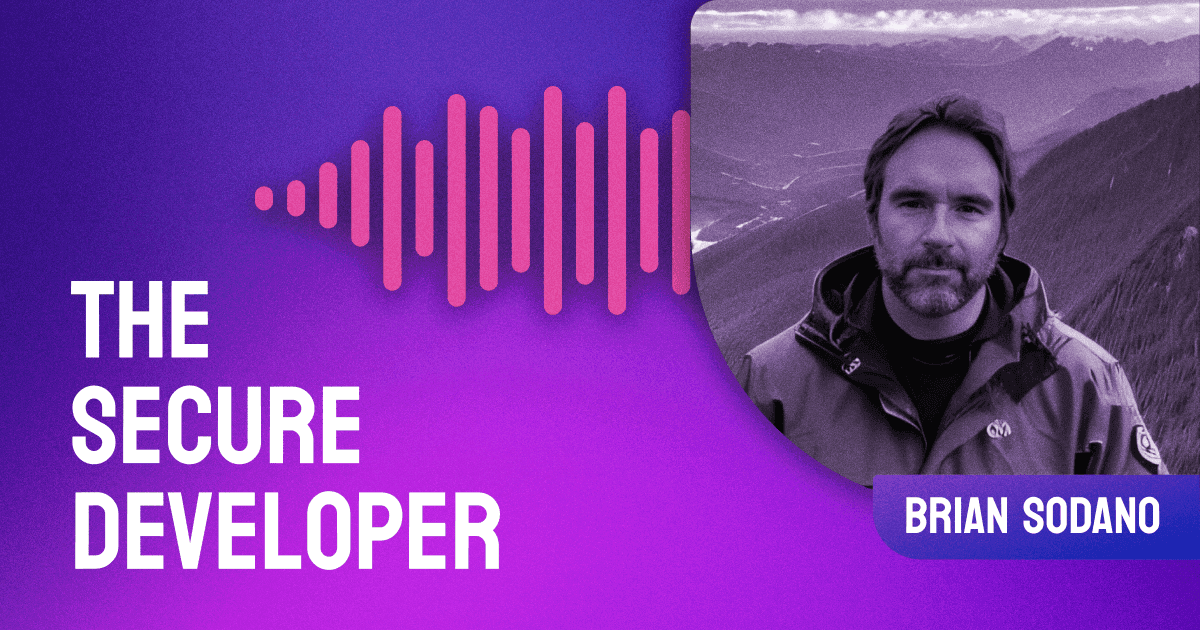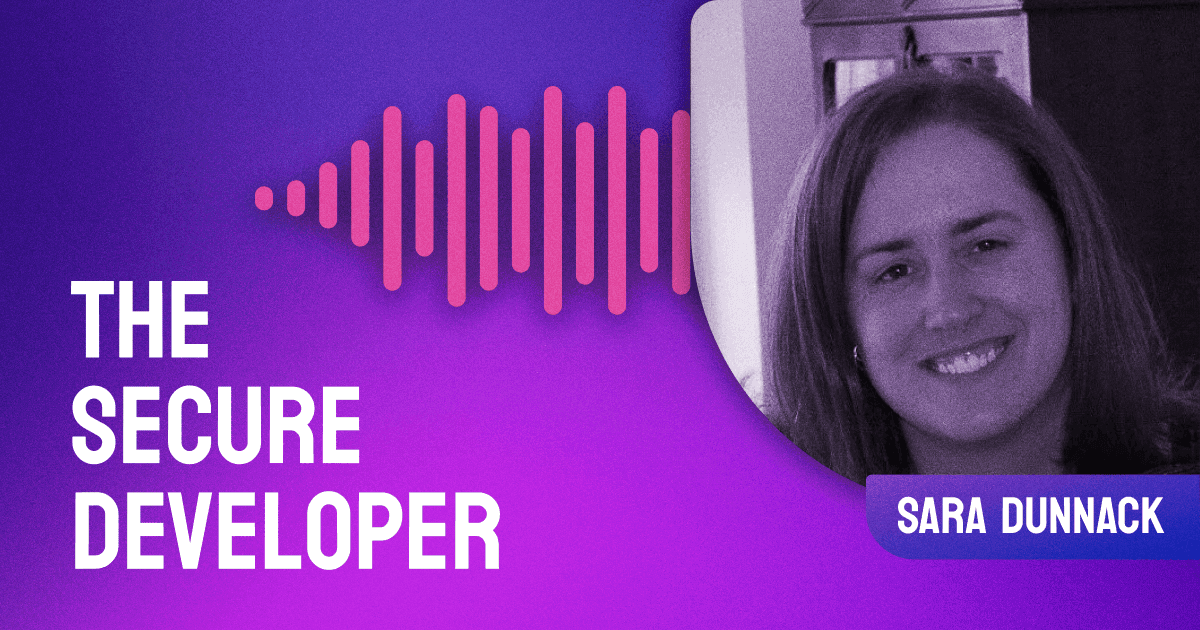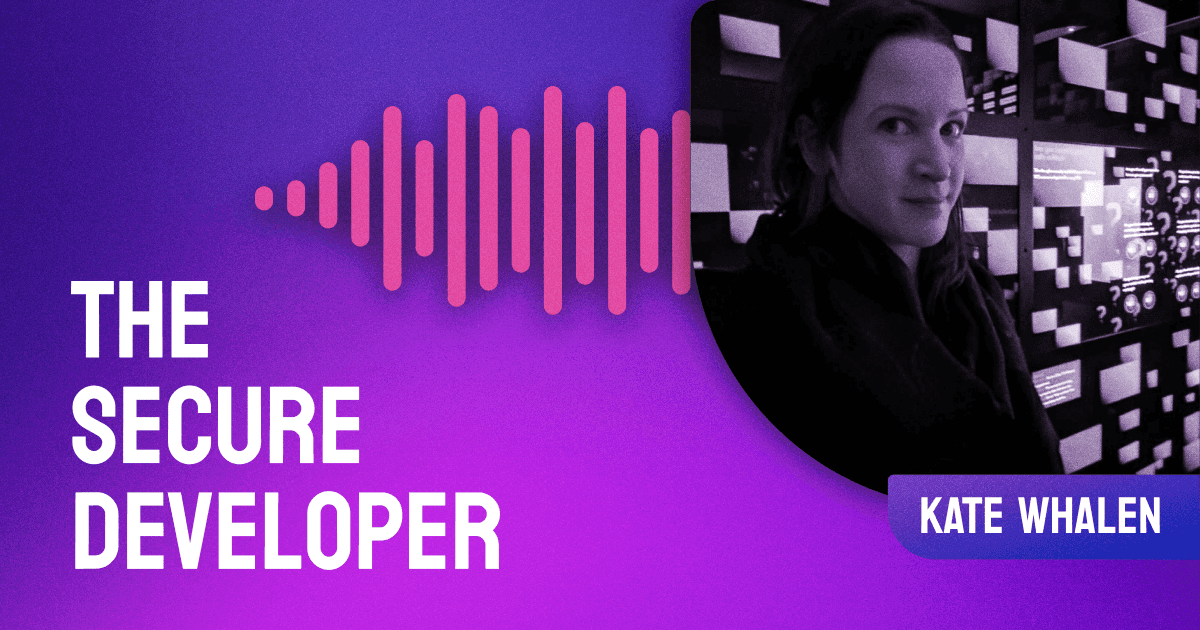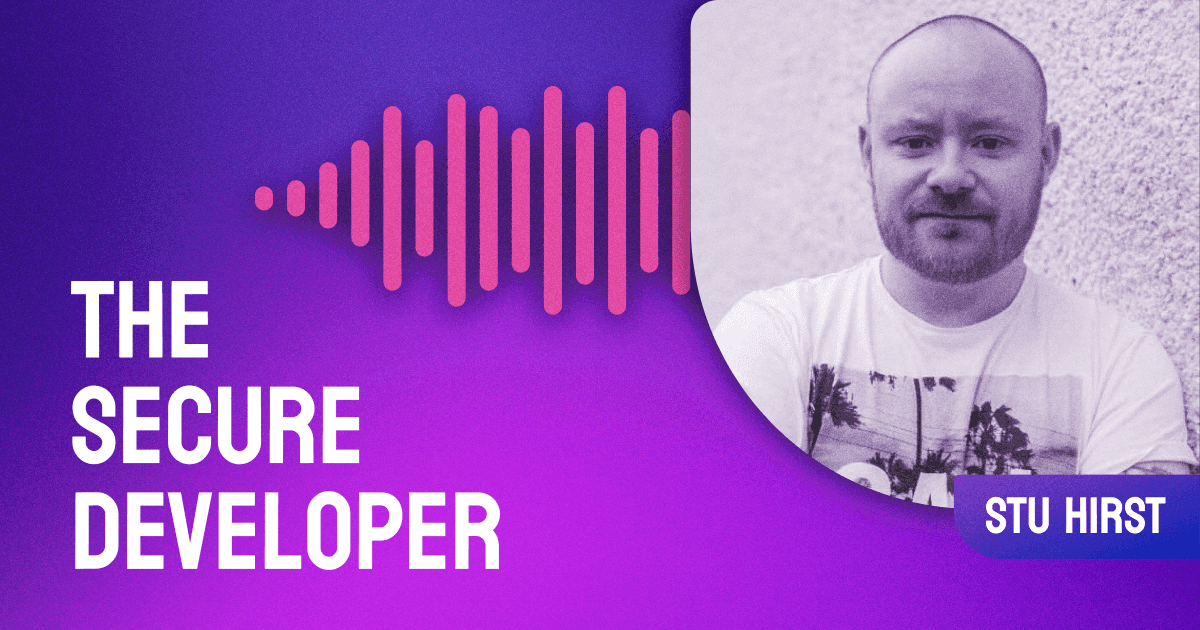In episode 38 of The Secure Developer, Guy speaks with Andy Ellis, CSO of Akamai. They discuss streamlining customer assurance, the role of an incidents coordinator, and the value of transparency between a security company and their associates.
The post Ep. #38, You Own It, You Secure It with Andy Ellis of Akamai appeared first on Heavybit.
